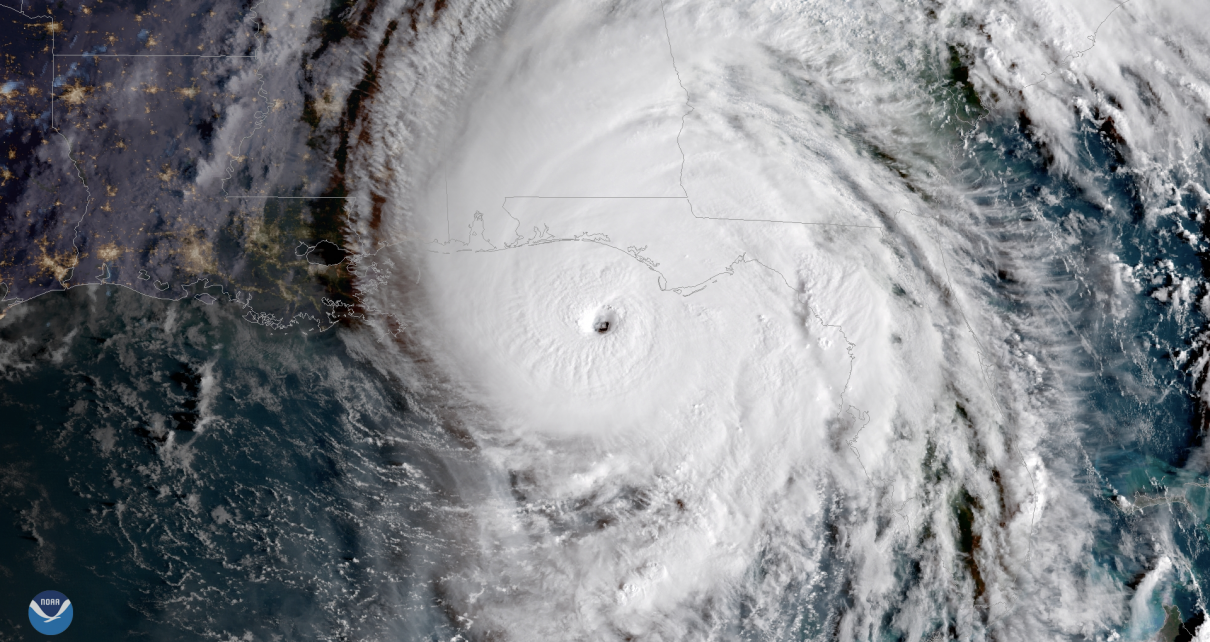Roughly one-third of the U.S. population—or 118 million Americans—could feel one or more extreme weather events annually by 2050 if population and greenhouse gas emissions continue to rise, new research from the Energy Department’s Oak Ridge National Laboratory shows.
That more than doubles the 47 million Americans who currently experience extreme heat and cold, prolonged droughts, and intensifying floods. And it reflects the greater frequency of climate disasters nationwide, the researchers said.
The findings, published in Earth’s Future, a journal of the American Geophysical Union, are based on supercomputer simulations of county-level data from NOAA’s Climate Extremes Index, or CEI.
It also provides one of the most granular analyses to date of projected climate change impacts on the United States, the researchers said.
“We calculated population exposure at a 1-kilometer scale, which had never been done before, to provide more precise estimates,” Moetasim Ashfaq, a climate computational scientist at Oak Ridge, said in a statement.
The research differs from previous studies on climate impacts because the laboratory’s Titan supercomputer allowed researchers to simultaneously examine nine types of extreme climate events at the county level.
Other scientists have observed a rise in highly localized climate extremes, including “flash drought” and quick-forming extreme thunderstorms, but they can be difficult to explain (Climatewire, Oct. 4, 2019).
Oak Ridge researchers, partnering with experts at NOAA and Stanford University, did not examine isolated extreme events and impacts, but rather sought to identify “the areas and population groups that are most likely to face such hardships.”
Ashfaq said in a telephone interview that the findings are based on 11 data simulations run in 2018 and analyzed in 2019. The top-tier findings assume a “business as usual” rate of increase in GHGs and a 33% increase in the U.S. population by 2050.
With no population increase, the analysis estimates that 94 million Americans would face one or more extreme climate events annually by midcentury. That’s 20% fewer Americans than under the population growth scenario but still double the 47 million people currently experiencing climate extremes.
The researchers relied on a historical data record from 1996 to 2005 and compared it to real and projected conditions between 2011 and 2050 using a representative greenhouse gas concentration pathway of 8.5, or what many scientists consider a “business as usual” scenario.
Reprinted from Climatewire with permission from E&E News. E&E provides daily coverage of essential energy and environmental news at www.eenews.net.


